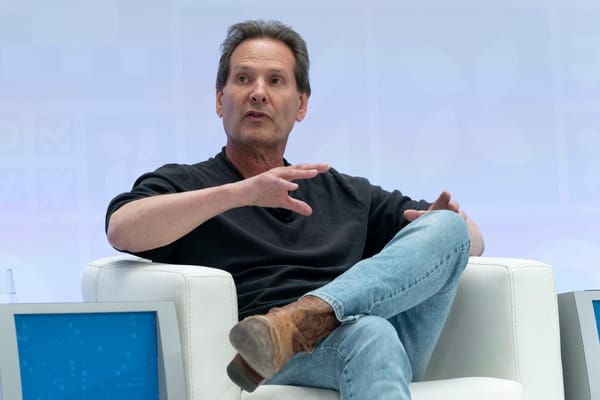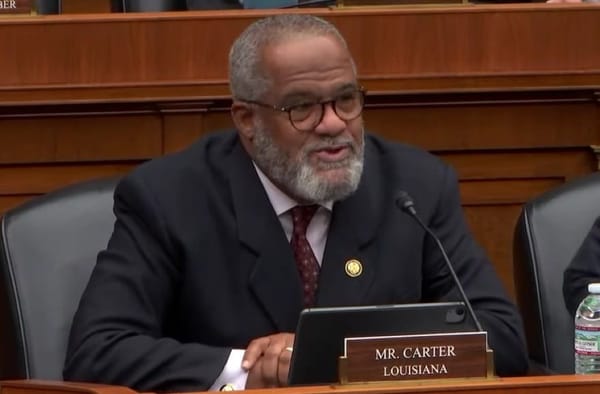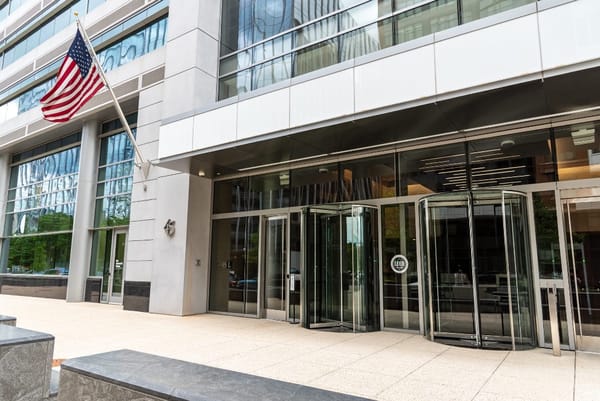AAPB New Handbook: ‘How To Build A Public Broadband Network’
A new guide aims to assist communities in maneuvering common hurdles to building public broadband networks.
Jericho Casper

WASHINGTON, March 15, 2024 – An increasing number of cities and towns throughout the U.S. are investigating municipal broadband as a progressively appealing and efficient method to deliver widespread, affordable high-speed internet to their residents and businesses.
To assist, the American Association for Public Broadband launched a new handbook to guide communities through the logistical, technical, financial, and political hurdles they may encounter on the journey to building their own broadband networks.
The guide, authored by AAPB’s Bill Coleman and published by Benton Institute for Broadband & Society, outlines the crucial decisions and steps required to establish a successful public broadband network.
This handbook outlines and underscores AAPB's goal to double the number of public broadband networks in the next five years. The guide, according to the organization, aims to assist communities in leveraging these networks for economic development, smart city initiatives, and attracting new residents.
Adrianne Furniss, the executive director of the Benton Institute, emphasized the importance of providing communities with the necessary tools for decision-making, in a release. "Every community has a stake in this broadband moment," she asserts. "They must have the tools they need to decide how they will meet their connectivity needs."
“With nearly 650 community-owned broadband networks and co-ops across the United States, we are witnessing a pivotal moment for public broadband,” said Gigi Sohn, executive director of AAPB, in a release.
Communities and leaders eager to explore the potential of public broadband are encouraged to consult this handbook as a first step toward realizing their connectivity goals.
The introduction begins by exploring two critical questions – what are the best roles for the public sector in broadband infrastructure? And, which broadband problems are you trying to solve?
The guide then responds to many of the concerns communities may be aiming to resolve within their respective broadband marketplace: affordability, universal service, lack of competition, and outdated infrastructure.
Readers are presented with six case studies of existing public broadband systems. From the full-on municipal broadband approach used by Fairlawn, Ohio to create FairlawnGig and the cooperative model used by Consolidated Telephone Cooperative in Brainerd, Minnesota to the creative Communications Union Districts at the center of Vermont’s plan to expand high-speed Internet access across the entire state, reports Community Networks.
The guide includes names and contact information for expert law firms, construction firms, financial advisors, marketing consultants, equipment vendors, and other outside help to assist. It also links to grant application portals, management platforms, operational and business support systems, and other reputational firms that design, build, and operate broadband networks.










Member discussion